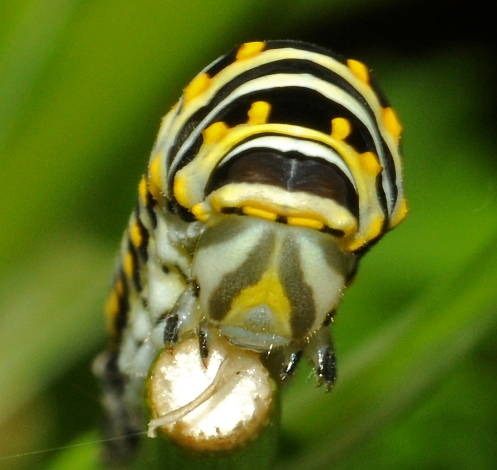
My yard is a feeding frenzy, an orgy of young and old, big and small, eating their ways toward winter. As I walk along my flower beds I hear the constant crunch of caterpillars, ants, pill bugs, and grubs making short work of my crops. The bird feeders are crowded with parents cramming the gaping mouths of young with masticated seeds. Never mind that the young downy is larger than the adult; instinct always wins out over common sense.
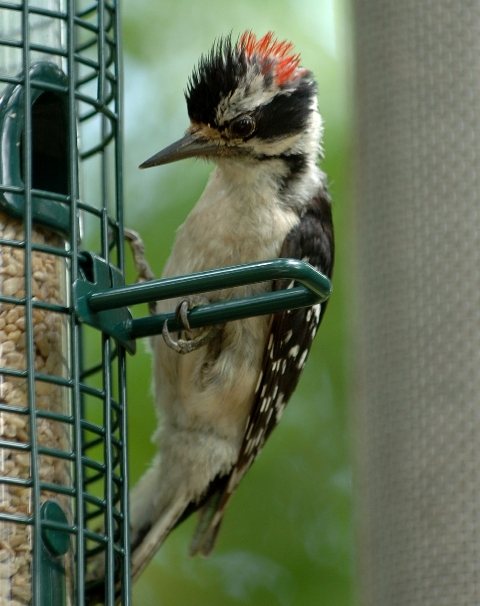
Doesn’t he know that this young bird is a bottomless pit, an empty hole that can never be filled? No wonder he has brought the family to the McDonalds of the bird world – my feeders. Supersize it.
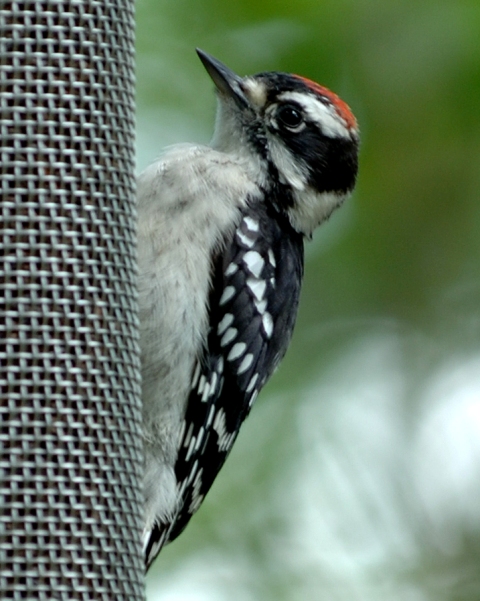
Supersized are these final instar black swallowtails, moments away from tranforming all of my dill and parsley into an ephemeral butterfly. All that work, all that herb, for a few days of ebony bliss.
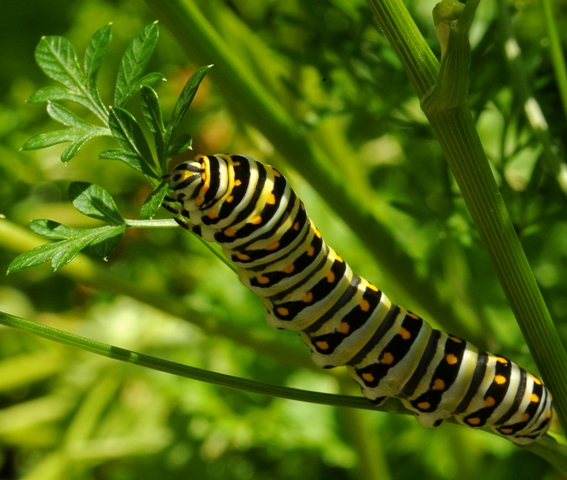
Swallowtails begin as caterpillars that look like bird droppings. They will go through four molts, which represents five distinct instars. The first three are covered with spikes with a bird-drop white ring in the middle. Only in the final two instars do they swell into the sausage-shaped caterpillars that are obvious on your crops.
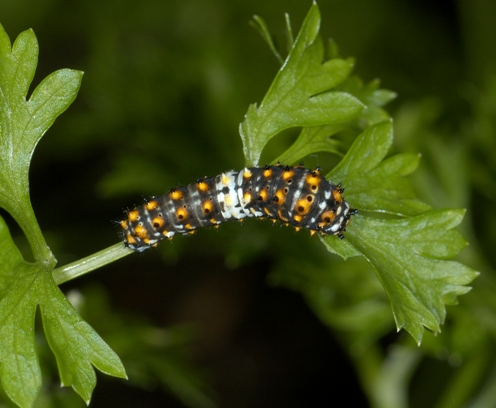
In this next photograph the caterpillar, now a 4th instar, has molted its 3rd instar exoskeleton and is drying in the sun. During this brief period the caterpillar will expand its size with air so that when the exoskeleton dries there will be room inside to grow. After the final instar the caterpillar will defecate one final time, passing not only waste but its entire digestive tract. As an adult the butterfly will nectar but not feed. The gut will not be needed.
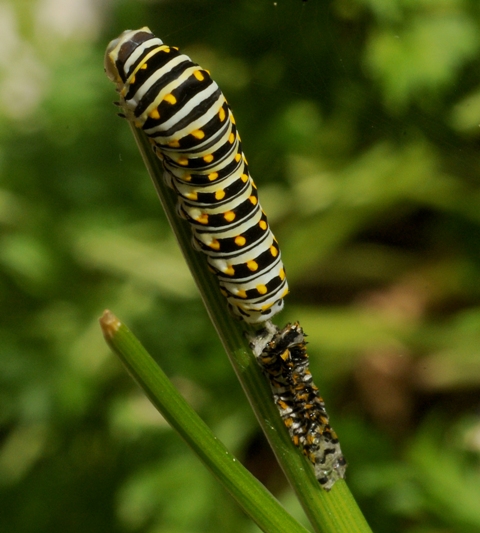
Are you interested in low-impact, sustainable recreation? Discover your own yard and its inhabitants. See what might be found in the exotic world of your own community.
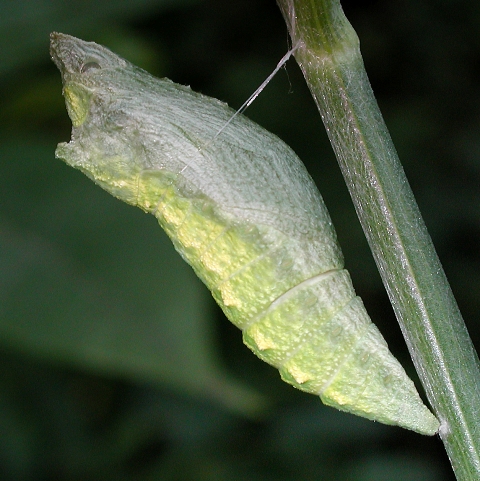
Most impressive! What an education you have provided for those of us lucky enough to know of your site.
The excellent pictures illustrate your text beautifully.
I’m appreciative of your time and talent.!